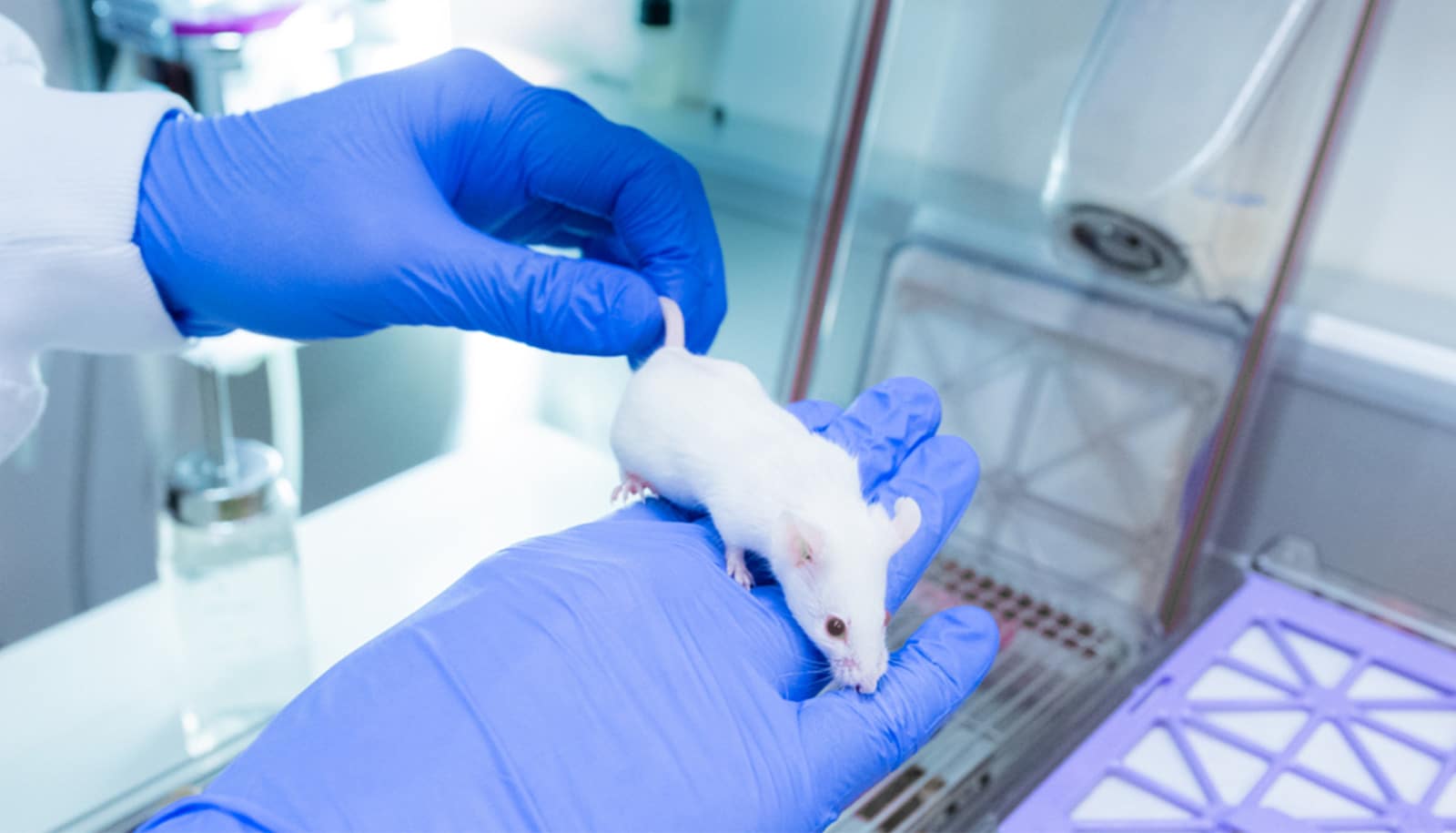Researchers have captured organic nanoparticles colliding and fusing on video for the first time.
This unprecedented view of “chemistry in motion” will aid nanoscientists developing new drug delivery methods, as well as demonstrate how an emerging imaging technique opens a new window on a very tiny world.
“I had an image in my mind, but the first time I saw these fusing nanoparticles in black and white was amazing…”
This is a rare example of particles in motion. The dynamics are reminiscent of two bubbles coming together and merging into one: first they join and have a membrane between them, but then they fuse and become one larger bubble.
“I had an image in my mind, but the first time I saw these fusing nanoparticles in black and white was amazing,” says study leader Nathan C. Gianneschi, professor in the chemistry department in the Weinberg College of Arts and Sciences and in the materials science and engineering departments in the McCormick School of Engineering at Northwestern University.
“To me, it’s literally a window opening up to this world you have always known was there, but now you’ve finally got an image of it. I liken it to the first time I saw Jupiter’s moons through a telescope. Nothing compares to actually seeing,” he says.
The research team used liquid-cell transmission electron microscopy to directly image how polymer-based nanoparticles, or micelles, that Gianneschi’s lab is developing for treating cancer and heart attacks change over time. The powerful new technique enabled the scientists to directly observe the particles’ transformation and characterize their dynamics.
“We can see on the molecular level how the polymeric matter rearranges when the particles fuse into one object,” says Lucas R. Parent, first author of the paper and a postdoctoral fellow in Gianneschi’s research group.
Nanoparticles loaded with 2 drugs might kill melanoma
“This is the first study of many to come in which researchers will use this method to look at all kinds of dynamic phenomena in organic materials systems on the nanoscale,” Parent says.
In the study, organic particles in water bounced off each other, and some collided and merged, undergoing a physical transformation. The researchers captured the action by shining an electron beam through the sample. The tiny particles—the largest are only approximately 200 nanometers in diameter—cast shadows that a camera below captures directly.
“We’ve observed classical fusion behavior on the nanoscale,” says Gianneschi. “Capturing the fundamental growth and evolution processes of these particles in motion will help us immensely in our work with synthetic materials and their interactions with biological systems.”
Nanoparticles improve fight against breast cancer in bone
The researchers report their findings in the Journal of the American Chemical Society.
The National Institutes of Health, the National Science Foundation, the Air Force Office of Scientific Research, and the Army Research Office supported the research.
Source: Northwestern University



